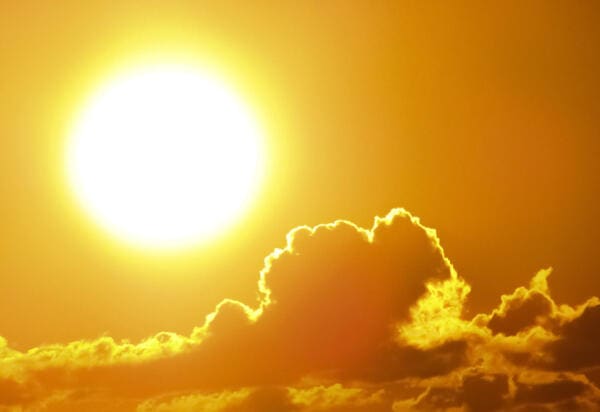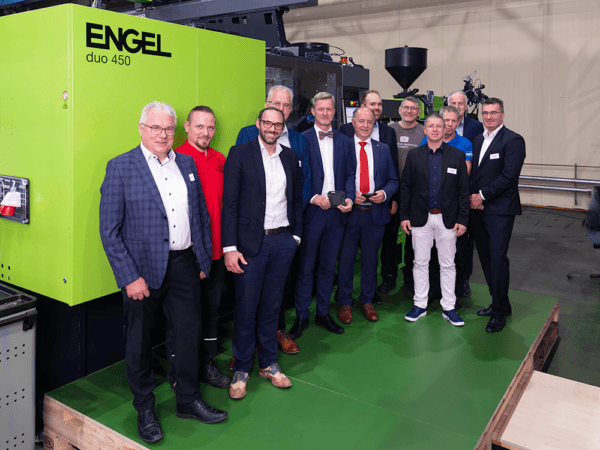
Thermoplastics and UV: Friend or Foe?
Radiation in the ultraviolet region of the spectrum is a bit of a mixed blessing for polymers.
Over 50 years ago, polymer chemists harnessed UV radiation energy in the laboratory to initiate and control radical chain addition polymerisation, thereby working out the kinetics for large scale commercial polymerisation initiated mostly by peroxides.
Today UV initiation is used to polymerise acrylates in dental materials. Ask your dentist for more details next time you have an appointment. We also hear more about the role of UV initiated polymerisation in self-healing composites.
On the other hand, the high energy associated with UV can do severe damage to thermoplastics. Polymer chain scission can cause loss of mechanical properties; cross-linking reactions can lead to embrittlement, and also other reactions result in discolouration.
I am old enough to remember the excitement of the first injection moulded polypropylene chairs. One consignment found its way to a golf club on the slopes of Mt Kilimanjaro, only to disintegrate several months later because nobody had told the materials supplier about the excessive UV exposure to which the chairs would be subjected.
Fortunately today we have an excellent range of UV stabilisers to call upon to prevent such a scenario but designers of products for outdoor exposure should always double check that the selected grade of thermoplastic is up to the challenge.
This article was written by Dr.Charlie Geddes for Hardie Polymers.
Why not read more of Hardie Polymers knowledge base articles?
For information on all the specified grades that we can offer, please contact us today or try our polymer search.
![]()
Hardie Polymers
0141 952 1900
Website
Email





